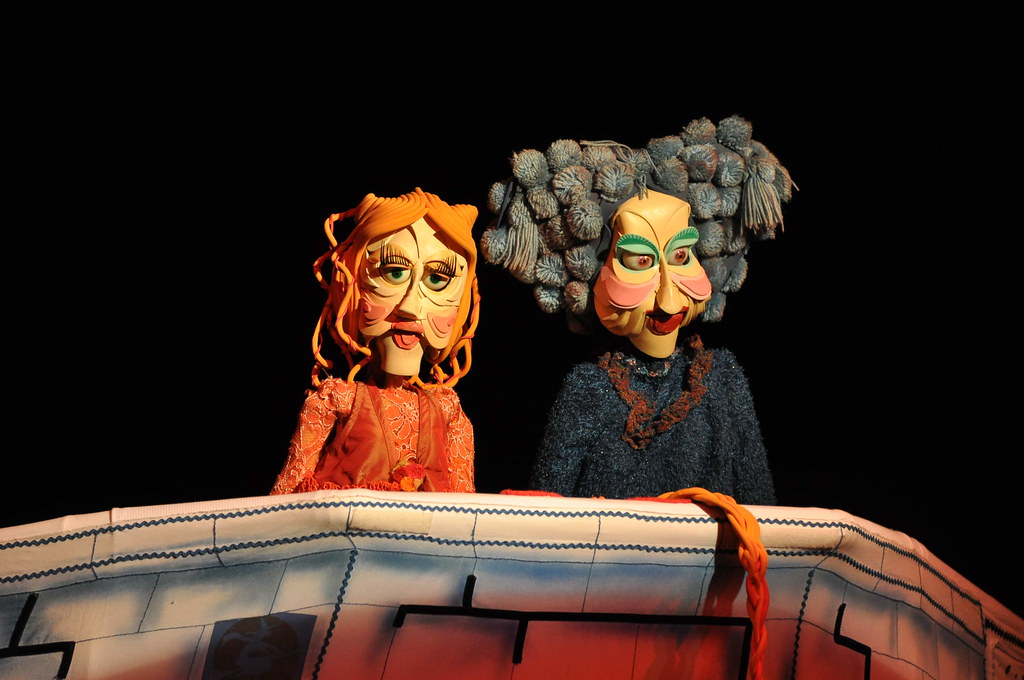Children’s Theater – Concept, Characteristics and Examples
Contents
What is Children’s Theater?
Children’s theater is believed to have begun in the late 19th century in Europe and took the form of touring companies with dramatizations of folk and fairy tales, the first to be widely recognized was Barrie’s Peter Pan (1904) in the United Kingdom.
Another successful children’s theater is Milne’s Toad of Toad Hall (1929). There was an increase in the formation of several children’s theater companies shortly after World War II, and during this time, writers began to write for a specific audience of children.
Children’s theater is classified as an art form and consists of a performance of largely predetermined plays by actors in the presence of an audience of children and young people.
It is formal theater with an experience in which a play is presented for an audience of children. Therefore, children’s theater is to provide the best possible theatrical experience, being an experience for young audiences. Succinctly, children’s theater is a performance piece that involves children as actors and/or as an audience.
Definition of Children’s Theater
It is a type of theater that specializes in family shows and is aimed at young audiences. These stories are derived from folk tales, fairy tales, real life themes, and many historical events. Examples of children’s theater include Cinderella, The Little Princess, and Dragon Land.
In the mid-1920s the first children’s plays on contemporary themes began to appear. The staging of these roles brought to the stage a diversity of young actresses who excelled in the interpretation of male roles.Since the early 1930s, drama has occupied an important place in the repertoire of children’s theaters, aiding the educational work of schools and pioneering organizations.
How did Children’s Theater develop?
The best way to see how children’s theater has evolved is to start with the first performance styles recognized as children’s entertainment which were the Punch and Judy puppet shows.
These puppet shows began in the 17th century, depicting the characters of Mr. Punch and his wife Judy in different scenarios that children found amusing, usually involving some sort of trouble or mischief that added to the persuasion.
Children’s theater has evolved toward encouraging imaginative and interactive storytelling, as well as dealing with the themes of friendship and loss. Social Cognition theory is relevant here in drawing an emotional response, in thinking of the actors’ relationship as two friends, of watching them perform actions such as holding hands and smiling at each other.
From this a child concludes that this practice is correct, demonstrating the subtle control techniques that a theater performance can have on the young mind, to benefit the child’s behavior patterns.
Characteristics of Children’s Theater
Children’s theater was initially created from theater in general and with children’s entertainment in mind. Understanding that children’s theater has a very important purpose which is not only to entertain but also to educate the child through the staging of characters and situations that lead him to identify and follow values and virtues that can be of a high formation in the future.

Legacy of children’s theater
Theater is a unique and immersive learning experience for audiences of any age. Therefore, more and more individuals and communities are realizing how important theater is to children’s development. The number of youth-targeted theaters across America is increasing and the professional quality of many companies has shown patrons that children’s theaters have gained a lot of respect.
Taking the family to see a show is certainly an exciting and memorable experience, because being exposed to the arts is beneficial in many other ways. Therefore, a list of reasons has been compiled that illustrate why it is so important to take children to the live performance.
Representatives of this type of theater
In the representatives of children’s theater there are several works that are valued for expressions, gestures, mimics and especially the timbre of the voice, intonations, accents, and silences.
One of the most representative works of children’s theater that has been recreated in the theater in several versions is The Wizard of Oz, in which the wind blows, the trees crack, dust flies, and a house is thrown into the sky. Inside, a little girl, Dorothy and her dog Toto, anxiously await the end of the tornado. Suddenly, a violent tremor, then out of nowhere, they are transported to the strange land of Oz. The adventure is long and dangerous for Dorothy.
A scarecrow in search of a brain, a ruthless tin woodsman and a cowardly lion in search of courage to overcome the greatest obstacles and unlock the true secret of the land of Oz, are staged at a jubilant pace, by actors who bring this play to the present day with an energetic and modern acting style based on methods drawn from the commedia dell’arte.
In plays like this one of the wizard of oz, the voice of the actors, tends to give the words all their meaning, their power of evocation, show their ease, without ambiguity, what colors the word. The child uses his voice without knowing all its possibilities.
The emblematic children’s plays such as the wizard of oz, make a shy child often lose his fears when he has to express himself in front of a class, therefore, by proposing voice games through children’s theater, the adult helps the child to acquire a verbal fluency that fosters relationships with the child’s group, and prepares him for theatrical activity in the long term.
The prospect of a theatrical performance in a classroom is an incentive for reading. For, it may be more interesting for the child to discover a text in which the reader is fully involved with the stage presence of the hero, the extra, the props, the set designer, even the musician, and the director.
